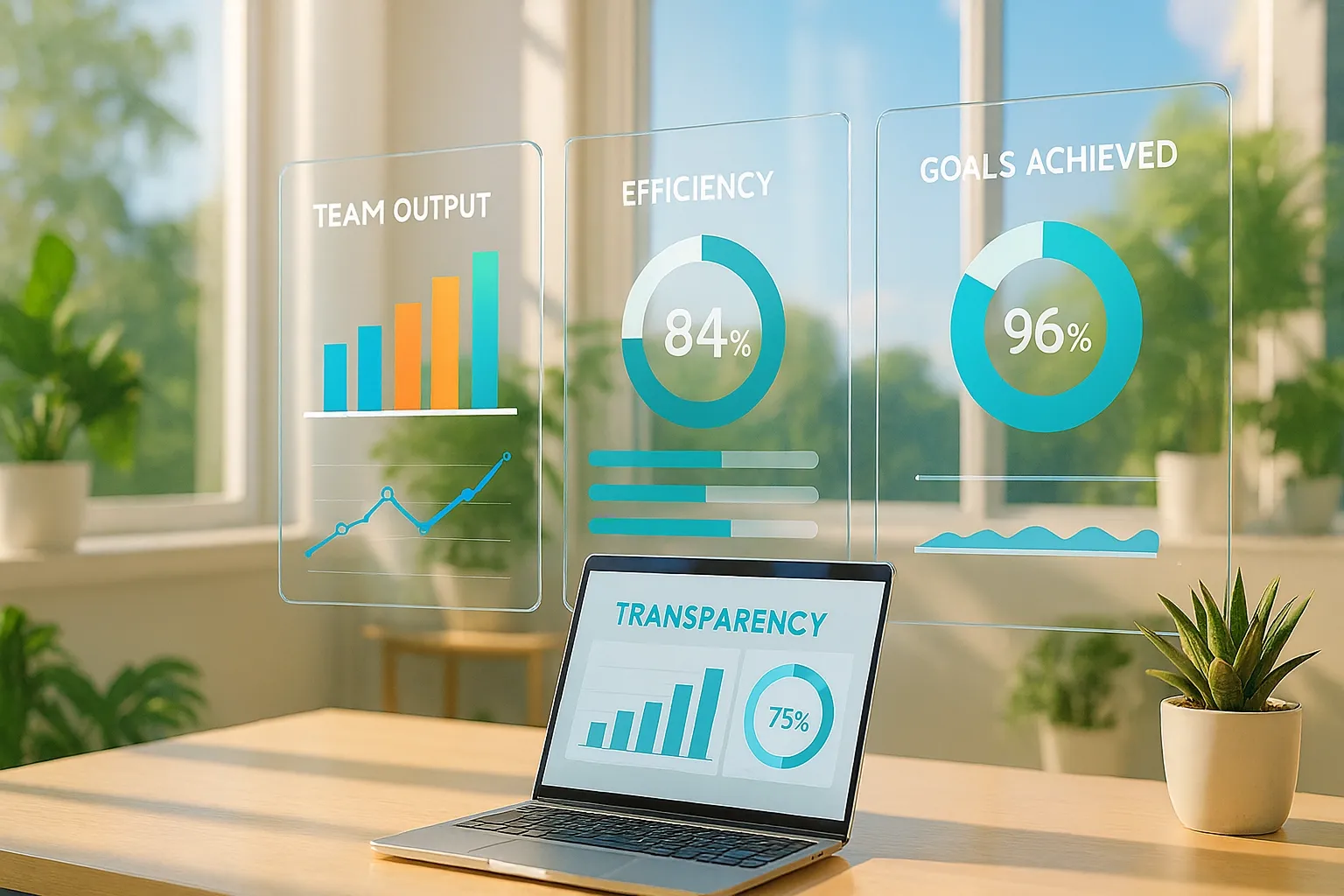Why We Show Our Productivity Data Publicly and Employees Love It

As a high-performing team, we’ve always relied heavily on each other. Almost every task had to go through someone else for review or feedback, which meant constant updates and approvals.
But the real problem was that it was costing us more time than doing the actual task itself. And most of the employees were not very satisfied with it.
Until ... one day, we decided to employ something that would help us see each other’s projects without rushing over to each other's desks every hour.
How have we made this possible?
It Got Me When Employees Started Refusing to Stay Updated!
My team was very productive, and they were really unhappy to break their work focus in order to keep track of their feedback from other colleagues.
They were so determined to protect their deep work time that they began delaying approvals, leaving tasks hanging, and unintentionally creating backlogs. This got my attention so quickly that I wasn’t afraid to try technology to fix this.
After a bit of research, I discovered employee productivity monitoring tools that could help us see each other’s progress without constantly interrupting one another.
These tools promised a smarter, transparent way for the team to stay aligned, and I knew it was worth a shot.
Here’s how employee monitoring software could help us win that hurdle:
- Track project progress in real time.
- Know exactly which tasks need attention without constant messaging.
- Focus on their own work without unnecessary interruptions.
The Reactions – Fear, Confusion, and Then Curiosity
But once we started seeing each other’s data, a silent fear began to spread. Employees with steady, consistent work patterns started feeling less productive compared to colleagues who handled tasks differently. And this started to build confusion in their mind that ‘they are not doing the same as the others’ doing’
So to stop that unexplainable confusion, I gave them full access to their dashboard. We also encouraged open discussions about the data. I showed them how productivity isn’t just about speed, but about impact, consistency, and collaboration they bring to the team.
And this made them curious about the system more. They started to explore their own data from the employee productivity software and analyze it.
The result of this new innovation was enormous!
Boosted Engagement — Our Unbelievable Hidden Win
As soon as we opened up the productivity data, the effects went beyond completed tasks. We could see it in the team’s energy and engagement. The team was feeling motivated, and the tasks were moving so fast with zero errors!
So, we ran a quick engagement survey after a month, and the results were telling:
- Employee satisfaction increased by 40%, as team members felt recognized for their real contributions.
- Collaboration scores went up by 35%, showing that open data encouraged knowledge sharing rather than competition.
- Employees reported less stress and confusion, since everyone had clarity on expectations and progress.
Transparency Was The Key to Our Success
Many teams believe sharing employee data in public can harm privacy or lower productivity. But I learned that with the right tools, transparency can actually build trust. Because this is the foundation of ethical monitoring.
The employee computer monitoring software helped us stay open and honest. It showed everyone how their work mattered and how the team was growing together.
This made people feel more connected, more responsible, and more motivated to do their best. In the end, it was not just about tracking work. It was about building a team that trusts each other and works with confidence.